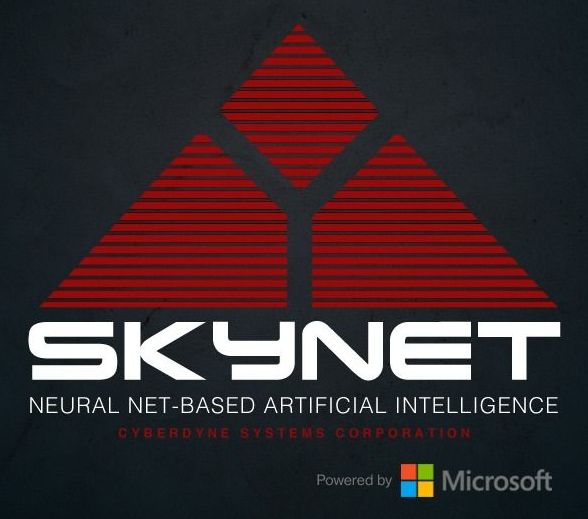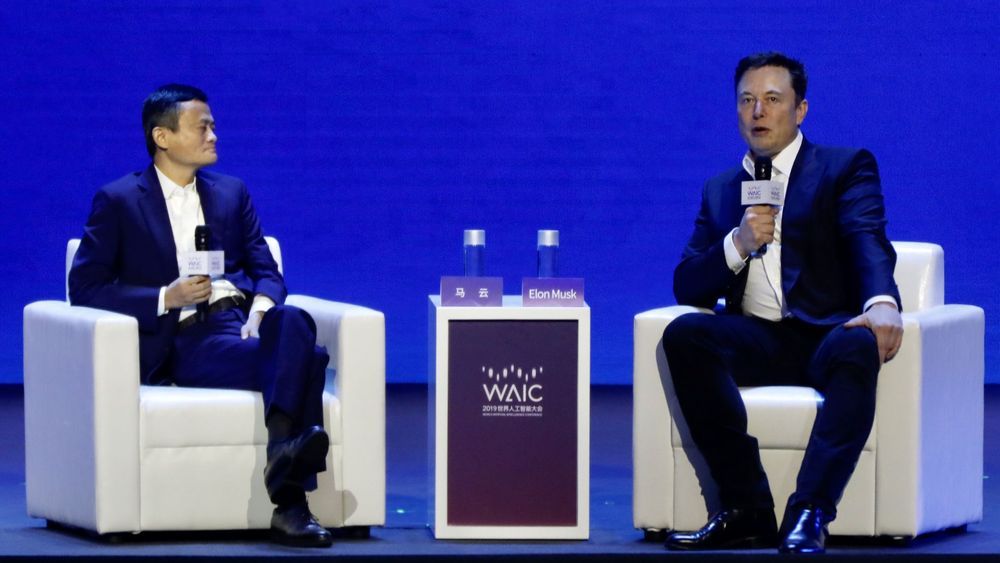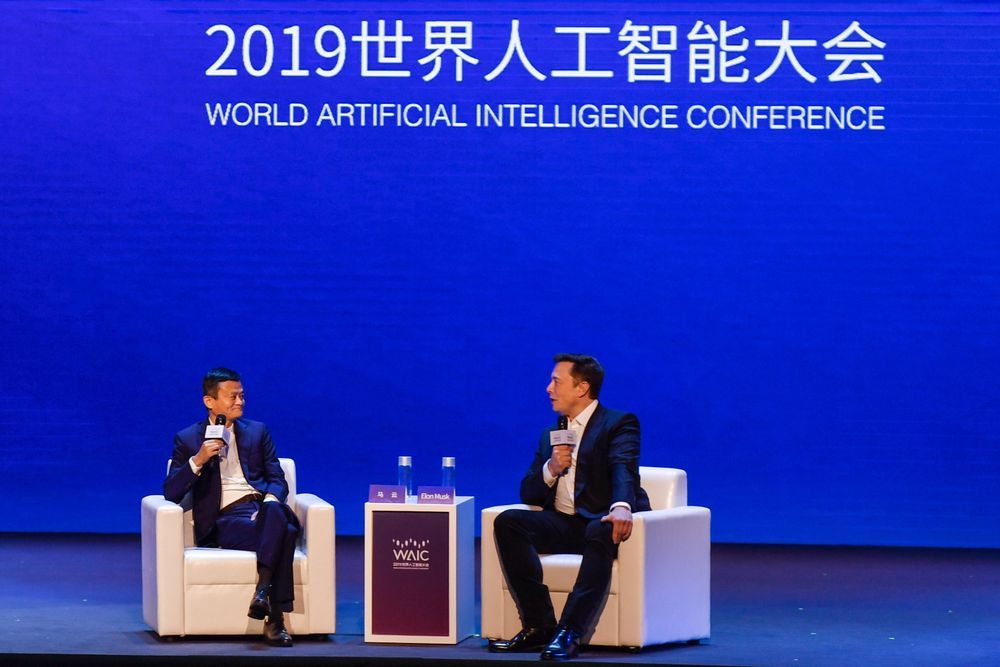Artificial intelligence has been used to analyse high-resolution digital X-ray images of the world famous Ghent Altarpiece, as part of an investigative project led by UCL.
The finding is expected to improve our understanding of art masterpieces and provide new opportunities for art investigation, conservation and presentation.
Researchers from the National Gallery, Duke University and UCL worked with technical images acquired from the brothers Van Eyck’s Ghent Altarpiece, a large and complex 15th-century altarpiece in St Bavo’s Cathedral, Belgium.







